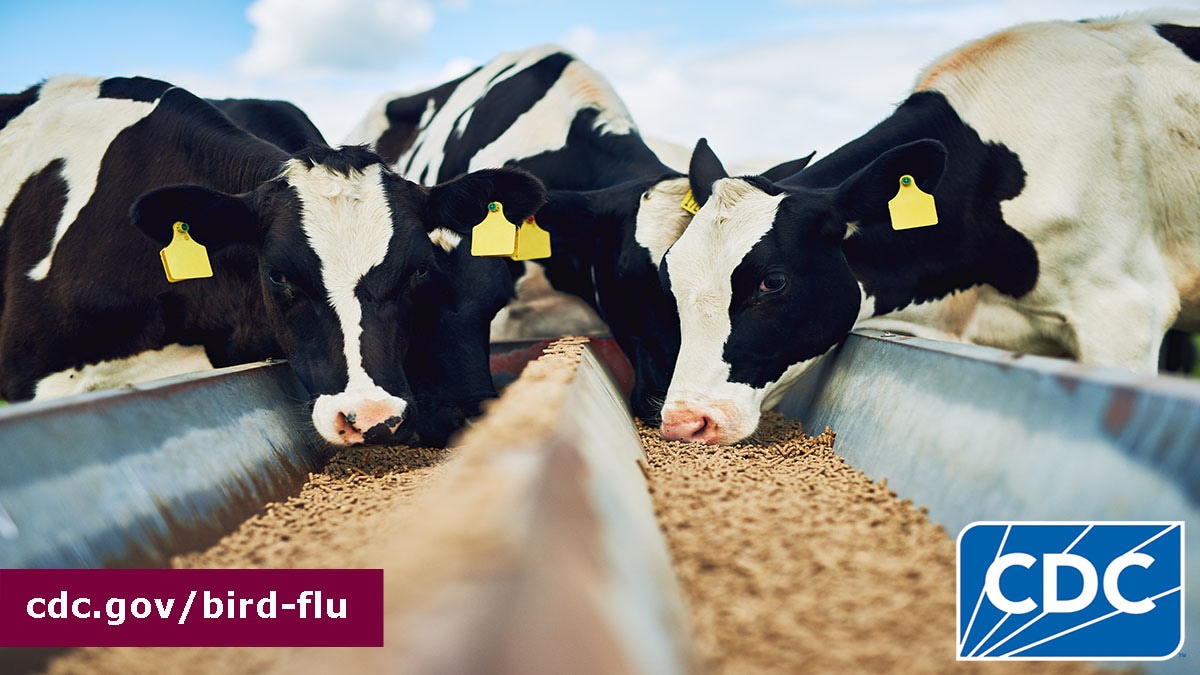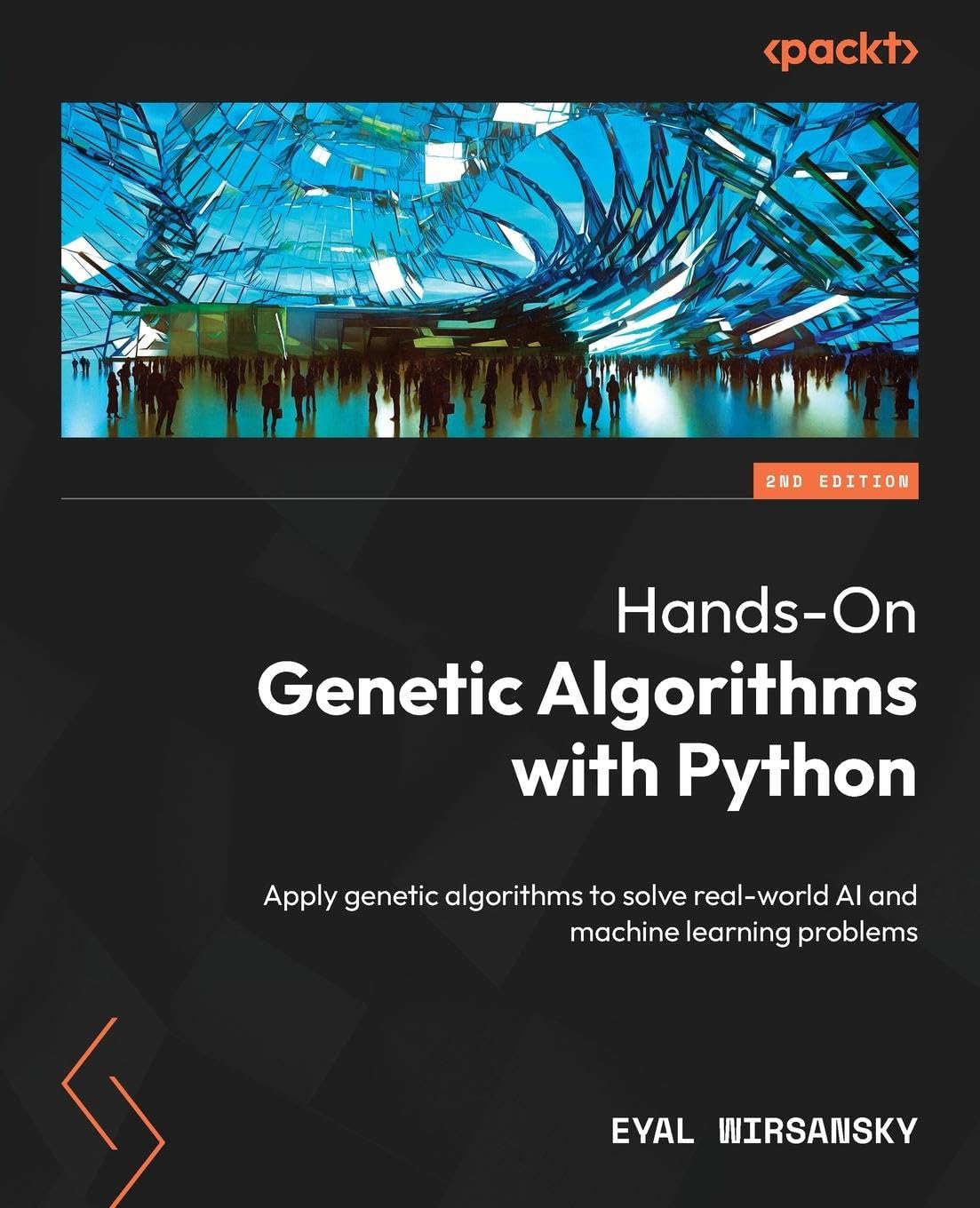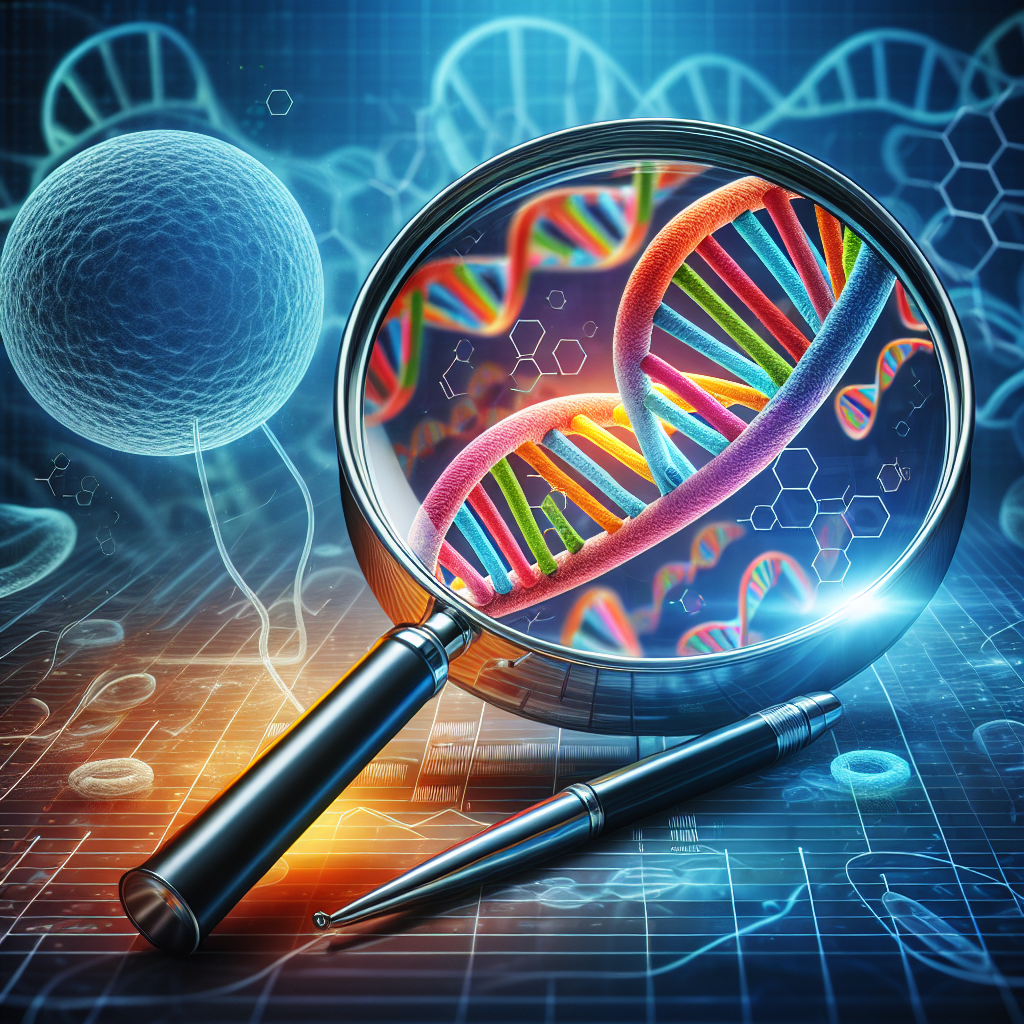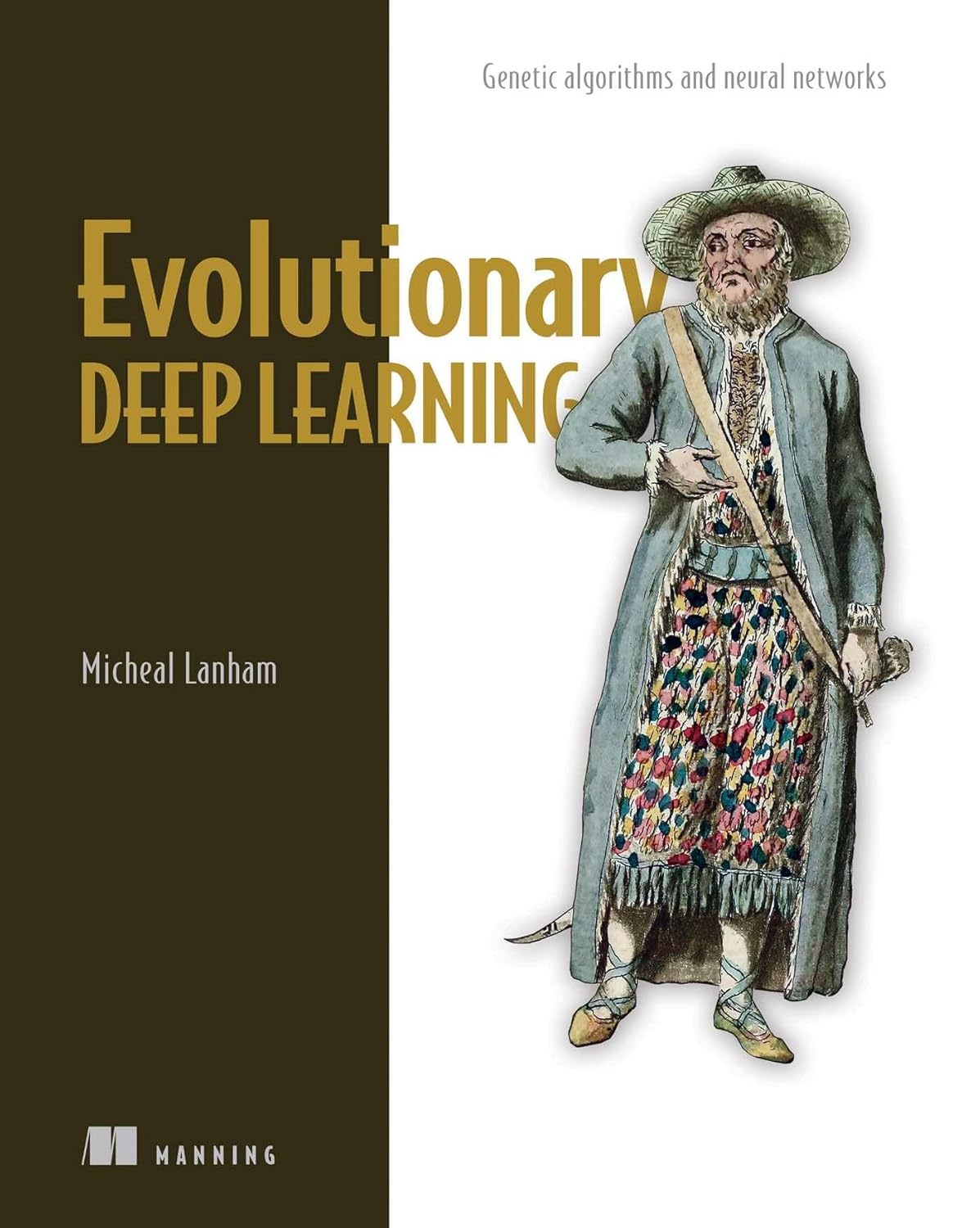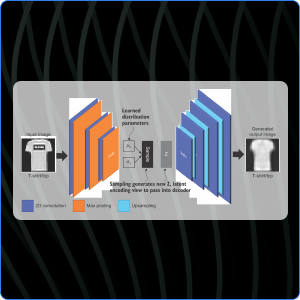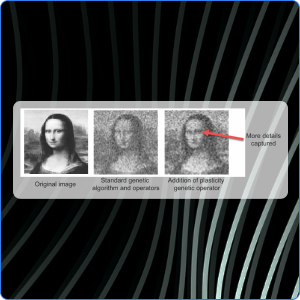Background
This is a technical summary of an analysis of the genomic sequences of the viruses identified in two upper respiratory tract specimens from the patient who was severely ill from an infection with highly pathogenic avian influenza (HPAI) A(H5N1) virus in Louisiana. The patient was infected with A(H5N1) virus of the D1.1 genotype virus that is closely related to other D1.1 viruses recently detected in wild birds and poultry in the United States and in recent human cases in British Columbia, Canada, and Washington State. This avian influenza A(H5N1) virus genotype is different from the B3.13 genotype spreading widely and causing outbreaks in dairy cows, poultry, and other animals, with sporadic human cases in the United States. Deep sequencing of the genetic sequences from two clinical specimens from the patient in Louisiana was performed to look for changes associated with adaptation to mammals. There were some low frequency changes in the hemagglutinin (HA) gene segment of one of the specimens that are rare in people but have been reported in previous cases of A(H5N1) in other countries and most often during severe infections. One of the changes found was also identified in a specimen collected from the human case with severe illness detected in British Columbia, Canada, suggesting they emerged during the clinical course as the virus replicated in the patient. Analysis of the N1 neuraminidase (NA), matrix (M) and polymerase acid (PA) genes from the specimens showed no changes associated with known or suspected markers of reduced susceptibility to antiviral drugs.
CDC Update
December 26, 2024 – CDC has sequenced the HPAI A(H5N1) avian influenza viruses in two respiratory specimens collected from the patient in Louisiana who was severely ill from an A(H5N1) virus infection. CDC received two specimens collected at the same time from the patient while they were hospitalized for severe respiratory illness: a nasopharyngeal (NP) and combined NP/oropharyngeal (OP) swab specimens. Initial attempts to sequence the virus from the patient’s clinical respiratory specimens using standard RNA extraction and multisegment-RTPCR (M-RTPCR)1 techniques yielded only partial genomic data and virus isolation was not successful. Nucleic acid enrichment was needed to sequence complete genomes with sufficient coverage depth to meet quality thresholds. CDC compared the influenza gene segments from each specimen with A(H5N1) virus sequences from dairy cows, wild birds, poultry and other human cases in the U.S. and Canada. The genomes of the virus (A/Louisiana/12/2024) from each clinical specimen are publicly posted in GISAID (EPI_ISL_19634827 and EPI_ISL_19634828) and GenBank (PQ809549-PQ809564).
Summary of amino acid mixtures identified in the hemagglutinin (HA) of clinical specimens from the patient.
Overall, the hemagglutinin (HA) sequences from the two clinical specimens were closely related to HA sequences detected in other D1.1 genotype viruses, including viruses sequenced from samples collected in November and December 2024 in wild birds and poultry in Louisiana. The HA genes of these viruses also were closely related to the A/Ezo red fox/Hokkaido/1/2022 candidate vaccine virus (CVV) with 2 or 3 amino acid changes detected. These viruses have, on average, 3 or 4 amino acid changes in the HA when compared directly to the A/Astrakhan/3212/2020 CVV sequence. These data indicate the viruses detected in respiratory specimens from this patient are closely related to existing HPAI A(H5N1) CVVs that are already available to manufacturers, and which could be used to make vaccines if needed.
There were some differences detected between the NP/OP and the NP specimens. Despite the very close similarity of the D1.1 sequences from the Louisiana human case to bird viruses, deep sequence analysis of the HA gene segment from the combined NP/OP sample detected low frequency mixed nucleotides corresponding to notable amino acid residues (using mature HA sequence numbering):
- A134A/V [Alanine 88%, Valine 12%];
- N182N/K [Asparagine 65%, Lysine 35%]; and
- E186E/D [Glutamic acid 92%, Aspartic Acid 8%].
The NP specimen, notably, did not have these low frequency changes indicating they may have been detected from swabbing the oropharyngeal cavity of the patient. While these low frequency changes are rare in humans, they have been reported in previous cases of A(H5N1) in other countries and most often during severe disease2345. The E186E/D mixture, for example, was also identified in a specimen collected from the severe human case detected in British Columbia, Canada67.
This summary analysis focuses on mixed nucleotide detections at residues A134V, N182K, E186D as these changes may result in increased virus binding to α2-6 cell receptors found in the upper respiratory tract of humans. It is important to note that these changes represent a small proportion of the total virus population identified in the sample analyzed (i.e., the virus still maintains a majority of ‘avian’ amino acids at the residues associated with receptor binding). The changes observed were likely generated by replication of this virus in the patient with advanced disease rather than primarily transmitted at the time of infection. Comparison of influenza A(H5) sequence data from viruses identified in wild birds and poultry in Louisiana, including poultry identified on the property of the patient, and other regions of the United States did not identify these changes. Of note, virus sequences from poultry sampled on the patient’s property were nearly identical to the virus sequences from the patient but did not have the mixed nucleotides identified in the patient’s clinical sample, strongly suggesting that the changes emerged during infection as virus replicated in the patient. Although concerning, and a reminder that A(H5N1) viruses can develop changes during the clinical course of a human infection, these changes would be more concerning if found in animal hosts or in early stages of infection (e.g., within a few days of symptom onset) when these changes might be more likely to facilitate spread to close contacts. Notably, in this case, no transmission from the patient in Louisiana to other persons has been identified. The Louisiana Department of Public Health and CDC are collaborating to generate additional sequence data from sequential patient specimens to facilitate further genetic and virologic analysis.
Additional genomic analysis
The genetic sequences of the A(H5N1) viruses from the patient in Louisiana did not have the PB2 E627K change or other changes in polymerase genes associated with adaptation to mammals and no evidence of low frequency changes at critical positions. And, like other D1.1 genotype viruses found in birds, the sequences lack PB2 M631L, which is associated with viral adaptation to mammalian hosts, and which has been detected in >99% of dairy cow sequences but is only sporadically found in birds. Analysis of the N1 neuraminidase (NA), matrix (M) and polymerase acid (PA) genes from the specimens showed no changes associated with known or suspected markers of reduced susceptibility to antiviral drugs. The remainder of the genetic sequences of A/Louisiana/12/2024 were closely related to sequences detected in wild bird and poultry D1.1 genotype viruses, including poultry identified on the property of the patient, providing further evidence that the human case was most likely infected following exposure to birds infected with D1.1 genotype virus.
Follow Up Actions
Overall, CDC considers the risk to the general public associated with the ongoing U.S. HPAI A(H5N1) outbreak has not changed and remains low. The detection of a severe human case with genetic changes in a clinical specimen underscores the importance of ongoing genomic surveillance in people and animals, containment of avian influenza A(H5) outbreaks in dairy cattle and poultry, and prevention measures among people with exposure to infected animals or environments.
Recently, genetic sequences of highly pathogenic Avian Influenza A(H5N1) viruses have been identified in a person in Louisiana. This discovery has raised concerns about the potential for bird flu to spread to humans.
The H5N1 virus is known to primarily infect birds, particularly poultry. However, there have been cases of transmission to humans in the past, leading to severe illness and even death. The genetic sequencing of the virus found in the individual in Louisiana suggests that this strain may have the potential to spread to humans more easily.
Health officials are closely monitoring the situation and taking steps to prevent further spread of the virus. It is important for people to take precautions, such as avoiding contact with sick birds and practicing good hygiene, to reduce the risk of contracting the virus.
This discovery highlights the ongoing threat of avian influenza and the importance of continued surveillance and research to better understand and control the spread of these viruses. Stay informed and stay safe. #BirdFlu #H5N1 #AvianInfluenza #Louisiana #GeneticSequences
Tags:
- Avian Influenza A(H5N1) genetic sequences
- Bird Flu outbreak in Louisiana
- Highly Pathogenic Avian Influenza A(H5N1) virus
- Louisiana bird flu infection
- Genetic analysis of H5N1 viruses
- Avian flu transmission in humans
- Louisiana bird flu outbreak
- H5N1 virus in Louisiana
- Human infection with bird flu virus
- Avian Influenza A(H5N1) genetic identification
#Genetic #Sequences #Highly #Pathogenic #Avian #Influenza #AH5N1 #Viruses #Identified #Person #Louisiana #Bird #Flu
